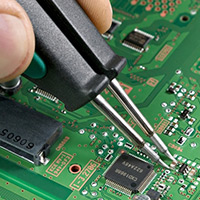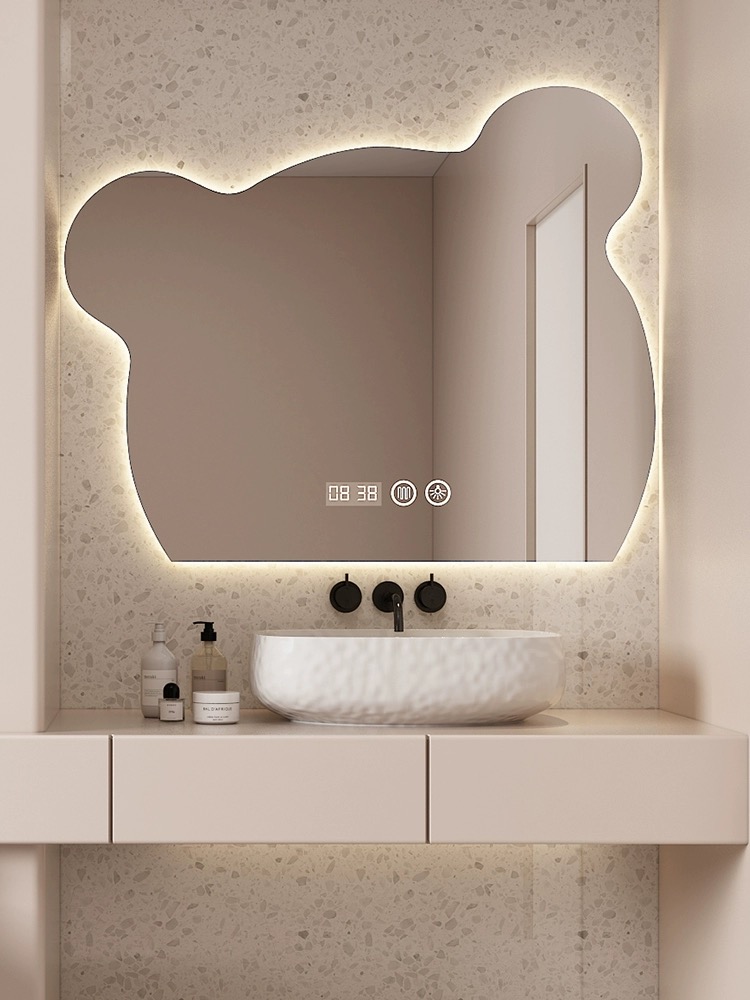Understanding the emissivity value of low-E glass is crucial for anyone looking to improve the energy efficiency and comfort of their home or commercial building. Low-E, or low-emissivity, glass is a vital component in modern windows that’s engineered with a thin metallic coating designed to minimize the amount of infrared and ultraviolet light that passes through the glass without compromising the amount of visible light that is transmitted.

For those who may not be familiar, the emissivity value is a measure of a material’s ability to emit energy as thermal radiation. In simple terms, it determines the efficiency with which a material can absorb and radiate heat. This value ranges from 0 to 1, where a lower emissivity indicates better insulating properties. For Low-E glass,
typical emissivity values sit between 0.15 and 0.35, significantly lower than that of regular glass, which can have emissivity values of around 0.84.
Why does this matter? Windows are one of the most vulnerable elements of a building's thermal envelope. They are responsible for up to 30% of heat loss in a building, making them a critical area to address when considering energy efficiency. By utilizing low-E glass, less heat escapes in winter and more solar heat is reflected in summer, resulting in a consistent interior climate and reduced heating and cooling costs.

The efficiency of Low-E glass isn’t just in its emissivity value. The positioning of the low-E coating is also strategically important. There are primarily two types of low-E coatings used based on climate and desired thermal performance passive low-E coatings and solar control low-E coatings. Passive low-E coatings are typically used in colder climates as they reflect heat back inside, while solar control low-E coatings are more beneficial in hot, sunny areas, reflecting the sun's heat away from the building.
low e glass emissivity value
When considering low-E glass for a project, understanding the impact of emissivity on overall energy performance is vital. This glass doesn't just limit heat flow as a first defense; it significantly influences the HVAC load calculations and overall energy strategy of a building. Moreover, by maintaining temperatures, it contributes to occupant comfort, thus enhancing the user experience—often an overlooked but essential component of a building’s performance.
Moreover, low-E glass is recognized by industry standards and certifying bodies worldwide as a hallmark of high-performance building materials. It’s consistently recommended by energy experts and building codes for both residential and commercial applications. The credibility and trust in low-E glass are backed by years of scientific research and practical applications which demonstrate a clear return on investment through energy savings and increased property value.
The installation of low-E glass should only be done by certified professionals who can ensure the precision and integrity required to maximally benefit from its unique properties. This guarantees not only the effective deployment of its emissivity capabilities but also optimizes other performance facets, such as sealing and fitting, which are critical in high-performance buildings.
In summary, low-E glass and its emissivity value are not mere construction add-ons, but essential specifications for any building project aiming for high energy efficiency and occupant comfort. Its usage indicates a well-rounded understanding of building physics, reflecting a commitment to sustainable, cost-effective, and high-performance architecture. Investing in low-E glass is a prudent choice, ensuring long-term benefits and fulfillment of energy efficiency mandates that are likely only to become stricter in the future.



